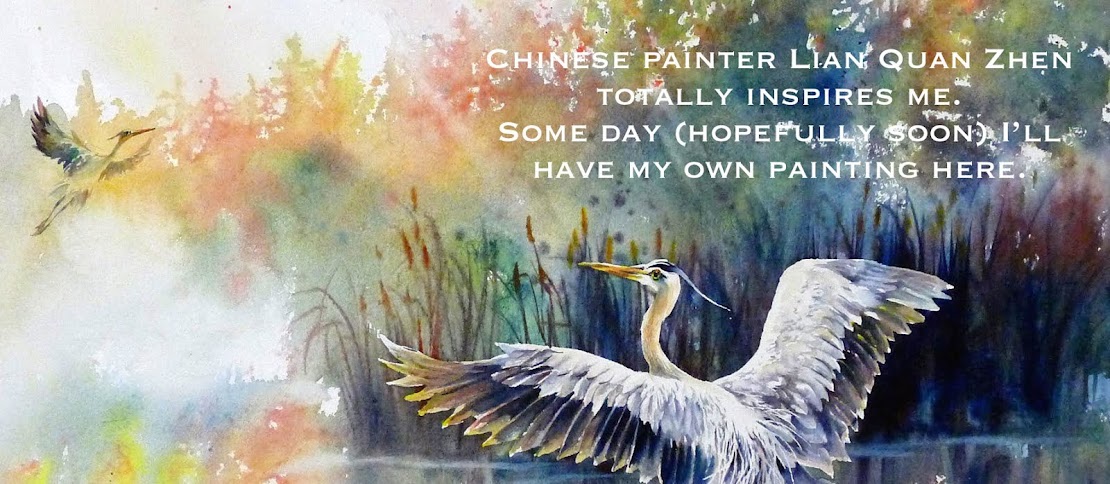Najeon-chilgi 螺細漆器 basically means lacquer ware decorated with gold, silver or metal.
나 (na) = ornament shell, which Korea has typically been the abalone
전 (jeong) = decorating with gold or silver metals
질 (chil) = sap from the lacquer tree (sumac tree)
기 (gi) dish or furniture
Typical designs for najeon-chilgi in the Goryeo Dynasty of Korea (918-1392) were chrysanthemums, lotus blossoms, propitious Chinese characters, or equally propitious ten symbols of longevity (싶장생), and sometimes other propitious heavenly creatures like the haetae or dragon. Over time, other symbols like the sagunja (사군자), aka "the four gentlemen" which are the plum, orchid, bamboo, chrysanthemum, were added as a genre as were the pine and other elements of nature.
Decorating techniques:
The most commonly used "ornamental shell" was the abalone, probably because of its abundance and its natural reflective qualities. The shell after the calcium deposits were scraped off could then be shaped, but only by scoring and cutting with a blade, crumbling, or snapping. Modern-day artificially produced nacre sheets which is more cheaply produced is also shaped more easily. Modern methods for getting the proper shape are:
Decorating techniques:
The most commonly used "ornamental shell" was the abalone, probably because of its abundance and its natural reflective qualities. The shell after the calcium deposits were scraped off could then be shaped, but only by scoring and cutting with a blade, crumbling, or snapping. Modern-day artificially produced nacre sheets which is more cheaply produced is also shaped more easily. Modern methods for getting the proper shape are:
- scissor-cutting for creating a variety of shapes
- sawing with a blade press or even by scoring to create thread-shapes
- breaking
- mosaic style from crumbling
The hands-on task:
After giving our 25 or so person group the history and instructions on cutting, we were given a small 3" x 3" black-painted block on which to create our own masterpiece. Our teacher prepared some examples of what we could create ... but we were limited to 60 minutes to create, certainly not enough time to learn the "craft" and create, but it was a wonderful taste of the traditional Korean handicraft widely marketed in tourist shops today.
Process for design-making:
- sketch the desired design on a paper of the exact size of the blackened wood
- copy the design onto the wood (using white carbon is a quick transfer technique)
- arrange the cut, sawn, crumbled nacre into the proper shapes and glue them
- after
all the nacre has been arranged, gentle wipe off the excess glue (The
traditional method was a type of burning technique to adhere the abalone
to the wood. And the labor-intensively prepared sumac lacquer was wiped
on much like a thick clay over the picture and after it dried, the
excess was gently wiped off revealing the shiny, abalone picture
underneath. This traditional method was long-enduring but is very
expensive to create ... 10 lessons and creating 3 small pieces costs
about
W800,000, at the Yongsan Craft Museum! The huge expense is mostly from the cost to extract and process the sap.)
- varnish the picture with acrylic lacquer/gloss (our instructor used a car acrylic - similar)
- allow to dry (dry in the sun for best results and refrain from touching)
Some of the participants artwork:
 |
| Creations made by some of the participants |
The peacock I made during today's 60-minute session. Eeh, it's ok. It's
soooo much easier to see the flaws AFTER the lacquer has dried and the
nacre is more clearly visible.
The deer pict I made a month ago at the newly opened (2018) Yongsan Craft Museum, 3rd floor
where
a variety of arts and crafts can be experienced. I didn't know a
lacquer ware class was even taught in Korea so spontaneously paid for a
lesson. Great experience, and from a young master who seemed to be telling me she was an Intangible Culture Heritage Holder.
________________________________________________________________
________________________________________________________________
For more in-depth history of this traditional handicraft that has existed since the Goryeo Dynasty in Korea, check out the Lacquered Comb Box Inlaid with Mother-of-Pearl posted by the National Museum of Korea. And YouTube has the informative Najeon Crafts with History of 1,000 Years (5:05) clip showing more on the development with examples.






